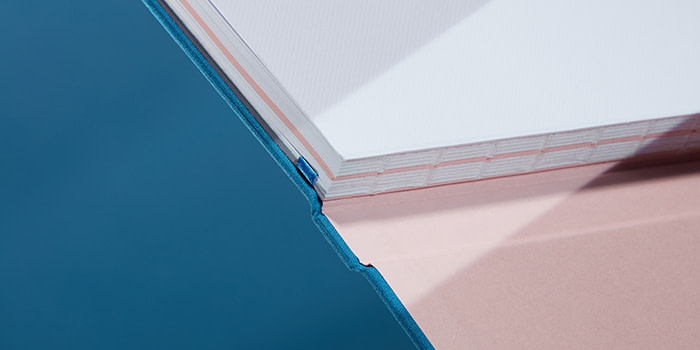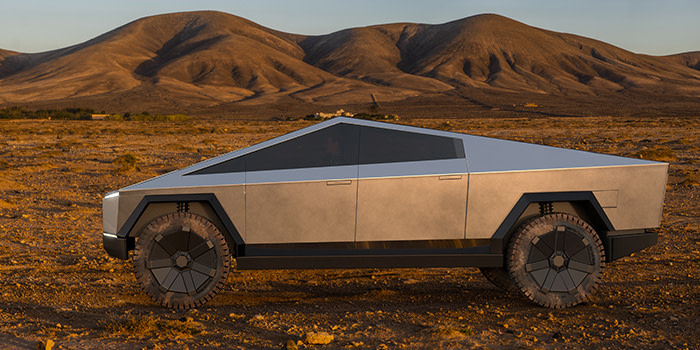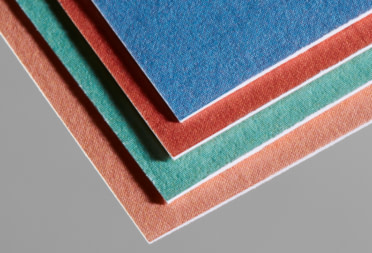Great design is invisible
Why blending form and function results in the very best in product design.

What makes great design? Is it a beautiful aesthetic? A seamless user experience? We chatted to Toby Hextall, our Director of Industrial Design, to discuss why great design is actually invisible.
Toby has been with MOO for over 9 years, leading his team on some of our biggest product launches to date. From our award winning Water Bottle, to our (soon to launch) branded pen – it’s safe to say Toby knows his stuff.
Let’s dive into his brain to discover more product expertise.
Bad design is noticeable
Invisibly great design stems from the idea that you only notice a design when there is something bad about it. This points to the idea that great design shouldn’t be ‘noticed’, it should simply integrate with our lives. “If you use the simple example of a really good pair of scissors, they’re effortless to use. But when you have a pair of scissors that are uncomfortable or engineered badly, bad design choices become very evident”, Toby explained.

Bad design can often come from the overengineering of a product, in an effort to try and make it something more than it needs to be. “The confidence in great design should be reductive to the point where it becomes almost invisible in its environment. When you walk into a room things shouldn’t necessarily scream out to you, they should be just right”, added Toby.
Removing the unnecessary
Toby referred to another stationery staple to further explain his point of view, the humble pencil. “It’s invisible, in how useful it is. Because when you try to add anything else to it unnecessarily, it becomes bad design”. There is a famous phrase by Saint Exupery that really helps illustrate this point: “A designer knows he has achieved perfection not when there is nothing left to add, but when there is nothing left to take away”.

In successful product design, Toby believes that it’s about having the confidence to edit out all of the unnecessary elements. “The effort designers put into a product is ridiculously visible, but not to the customer, not to the end user. That’s when design becomes invisible”, he said. Toby and his team spend hours, days and months behind the scenes at MOO meticulously crafting our coveted MOO product range. But so much of this work and detail will go (intentionally) unnoticed.
Effortless experience
Toby strongly believes that if design is done well, there’s a certain level of effortlessness. So that experiencing a product is more of a pleasure rather than a pain. “There’s a huge amount of confidence in creating a product that has effortlessness built into it. Specific design features may be invisible, but they become empowering to the end user, sometimes in ways that they can’t comprehend! They feel like happy accidents”, said Toby.

In Toby’s opinion, the real magic happens when people are actually using a product, and holding something in their hands. When working on the design for the MOO Notebook, this ‘effortlessness’ was key to the teams work. The ‘lay flat’ nature of the Notebook is a huge benefit to the end user, but in a way they perhaps can’t fully comprehend at the time. “When you’re designing a product, you have to ask yourself; have I really solved the problem? Have we improved what we’re doing as a business? And if you can answer ‘yes’ to that, people are going to see the visible in what on the surface could be invisible”, added Toby.
When to grab attention
While Toby argues that great design stems from a seamless integration with our lives, he also points out that there are instances when products do need to make a visual impact too. “Sometimes you can use attention grabbing aesthetics in order to disrupt the status quo. I think that comes down to the strength and confidence in the brand that’s putting it out there”, he explained.
Toby used a classic example of the Alessi Juicy Salif Citrus Squeezer, a design piece still adorning many of our kitchens. Are there better functioning juicers out there? Most definitely. But this product has become iconic because it was a statement piece for the brand. “You only really do this when you’re looking at the product as more of an art form”, said Toby.

This need for disruptive design is also a key consideration for brands breaking into competitive industries. “If you’re new in a certain segment, or you’re doing something very innovative, it may work in your favour to do something that has some tension in it”, said Toby. He highlighted the latest Tesla Cybertruck as a great example of this. “The crazy styling is purely attention grabbing. Because if it looked like any other pickup truck, it wouldn’t have that cut-through. It’s a huge statement piece designed to get noticed”, said Toby.
Form vs function
In Toby’s opinion, form should always follow function, with few well-designed products led purely by visual investment alone. “Aesthetics should never get in the way of the usability and the usefulness of a product. But you’re never going to get rid of aesthetics as such. If something is labeled ‘beautiful’, that is a good thing. But it really is about striking a balance, and creating a harmony between the two.
When it really comes down to it, I think invisible design is not being able to put your finger on exactly what it is that you think is better about something. It just is”, concluded Toby.
Toby Hextall is the Director of Industrial Design at MOO leading the team tasked with concepting, creating and delivering all of MOO’s products and packaging.
“We love to challenge the status quo, whether it be experimenting with new materials or our holistic approach to the product life cycle. There is never a dull moment. Always asking ourselves: how can we imagine it better?”.
Prior to joining MOO, Toby worked at Hasbro Games and ran his own freelance furniture and product design business. When he is not designing he can be found immersed in his other passions of food and the ocean. (Not at the same time)
Keep in touch
Get design inspiration, business tips and special offers straight to your inbox with our MOOsletter, out every two weeks.



